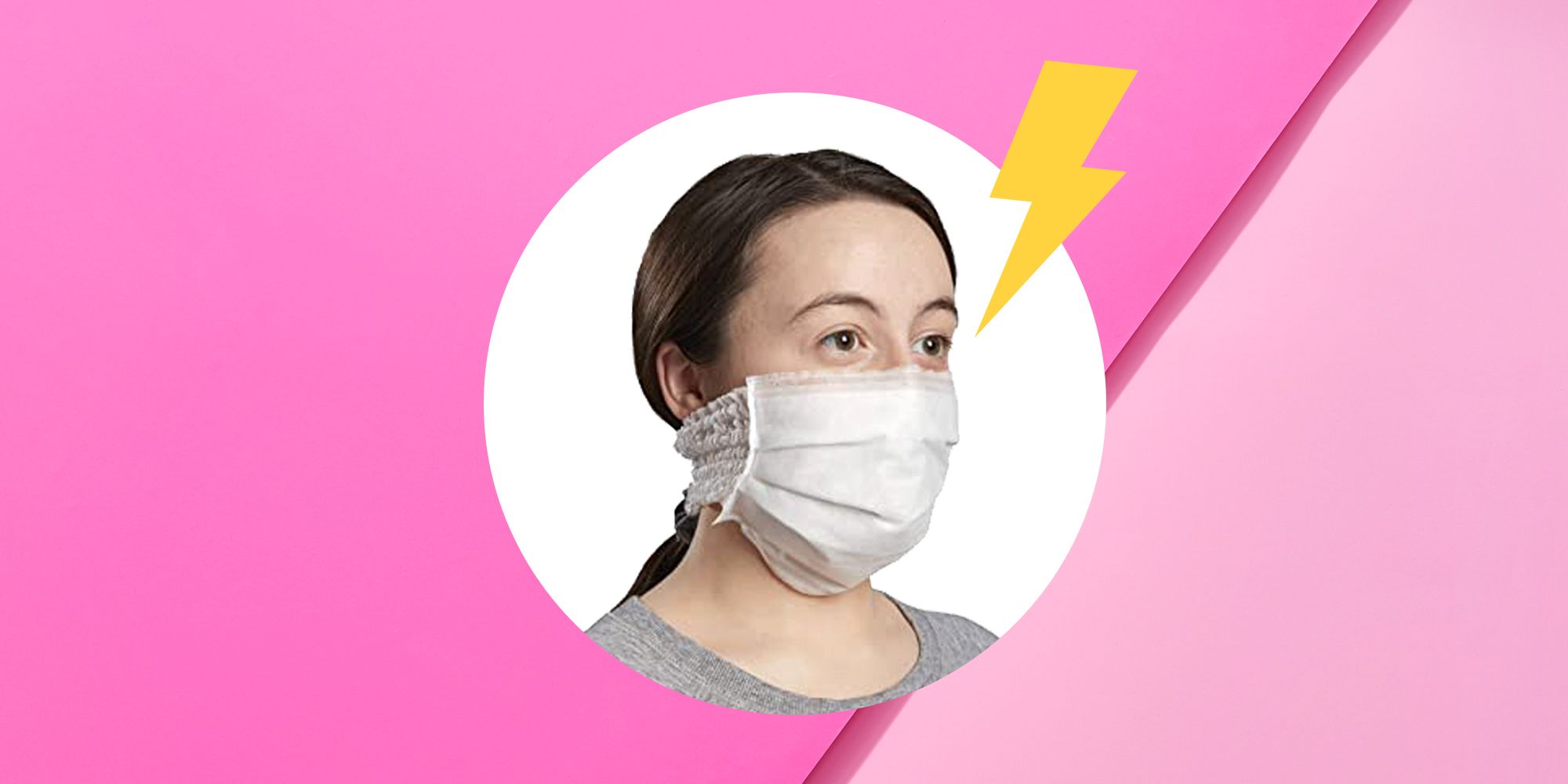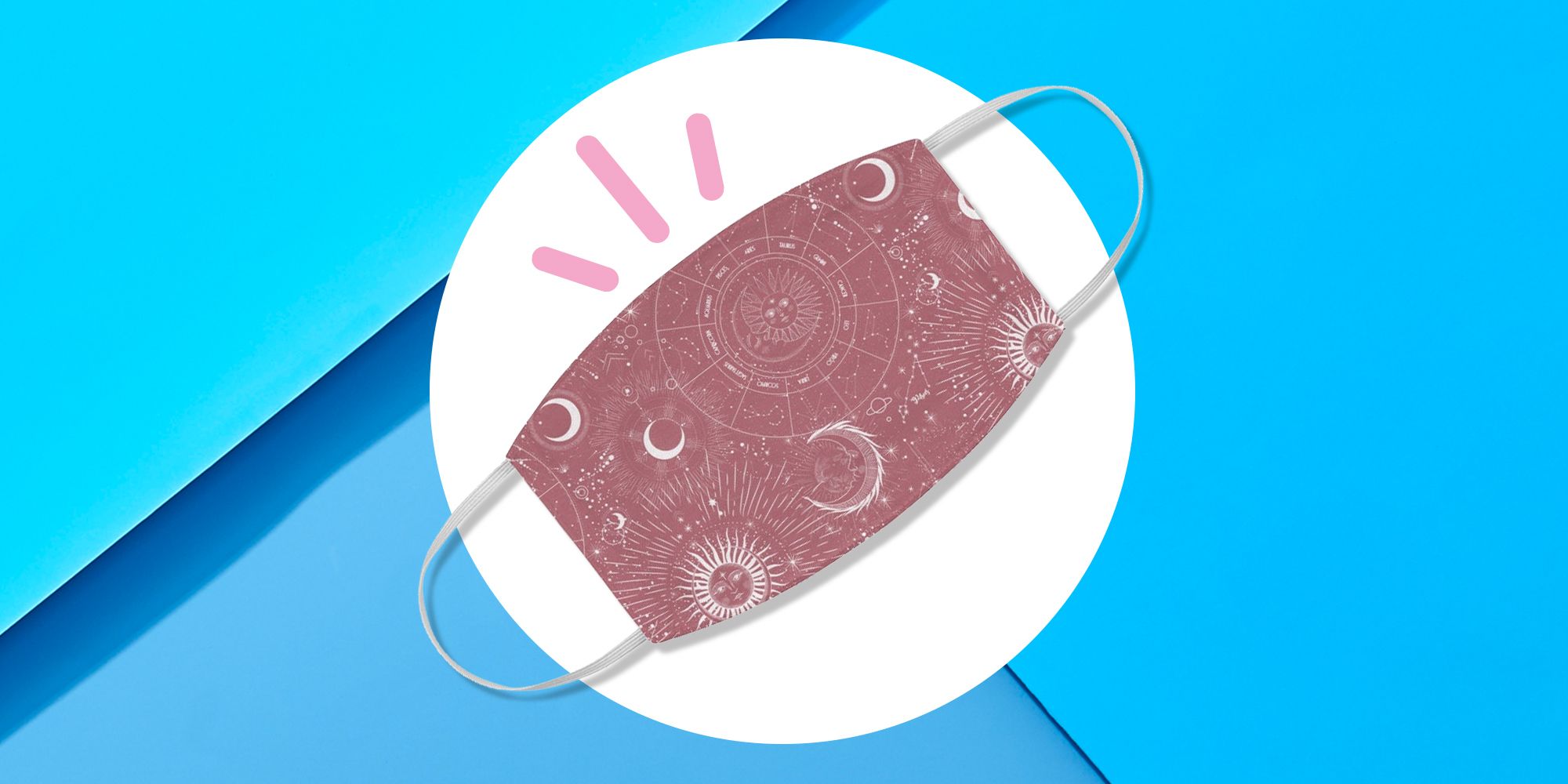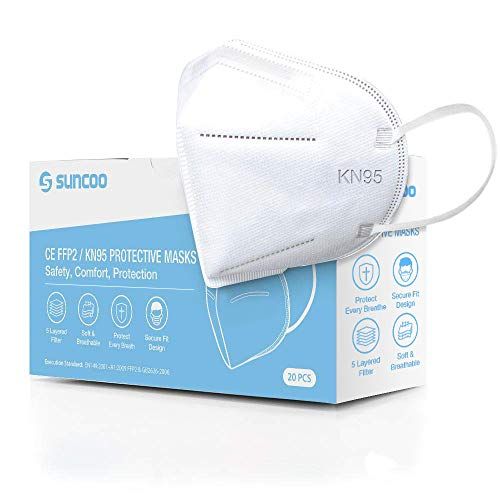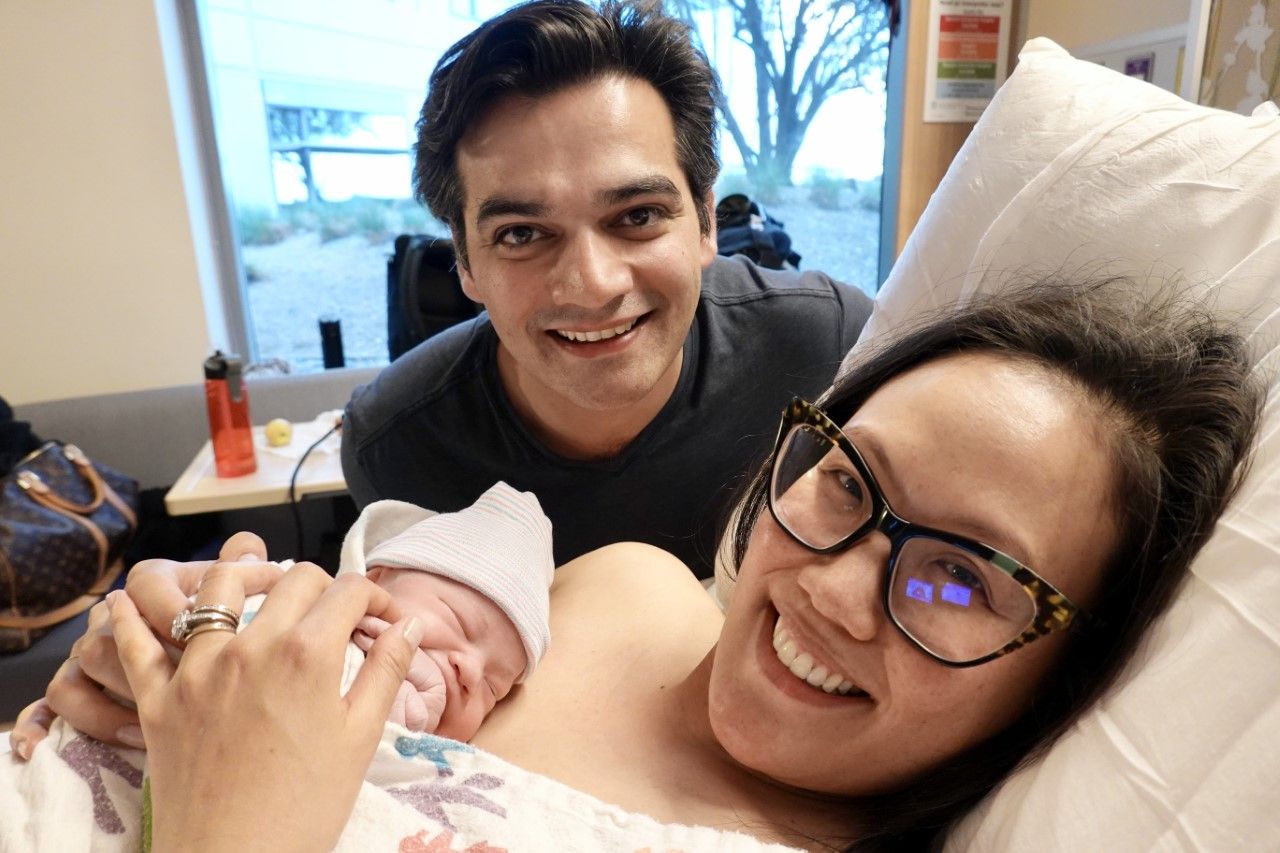Should You Try Double Masking To Protect Against COVID-19? Experts Explain The Benefits
- Dr. Anthony Fauci said double masking “just makes common sense” in a recent interview.
- Experts say you should consider wearing two masks, especially if you typically wear a single-layer cloth mask.
- If you’re already wearing a triple-layer cloth mask, N95, KN95 or a KF94 mask, wearing two masks likely won’t offer additional protection.
You’ve probably noticed it more and more: People wearing not one but two face masks out in public to protect against the spread of COVID-19.
It might seem like overkill. But just last week, Dr. Anthony Fauci—America’s top infectious disease expert—told NBC News TODAY “it just makes common sense that it likely would be more effective,” to wear two masks instead of one.
Here’s what you need to know about double masking—and when you should consider adding an extra layer of protection to your COVID-19 arsenal.
Should you start double-masking?
It depends on what kind of mask you normally wear. If your go-to mask is made from a single layer of cloth, you might want to consider doubling up.


“I would only [double-mask] in a situation where your first mask is inadequate or flimsy,” says Dr. Amesh Adalja, MD, senior scholar at the Johns Hopkins University Center for Health Security. “Flimsy” or “inadequate” masks include bandanas or disposable masks that have been reused several times.
“If you’re following the CDC guidelines and wearing the mask they recommend—a three-layer cloth mask—then I don’t think you gain much benefit from wearing a second mask on top of that,” Dr. Adalja adds. “If you’re wearing an N95 or a KN95 or a KF94, there’s very little benefit you’d get from wearing a second mask on top of that.”
Wait, what is a KN95 or KF94 mask?
Paula Cannon, PhD, professor of molecular microbiology and immunology the Keck School of Medicine of USC, says her favorite type of mask is a KN95, which she started wearing last March when there was an N95 shortage.

KN95 masks are typically manufactured in China and are made from a rigid material. “When you put them on your face, it looks like a beak,” Cannon says. “Those are good because they’re a good quality filtering material and they fit snugly around people’s faces. They’re rated (at least in China) to prevent 95 percent of particles from coming through.”
The KF94 is a little different. This type of mask is produced in South Korea and filters 94 percent of particles. It’s long and wide, with wings covering the nose and chin, so there’s a good seal around your face.
However, Cannon notes that no mask is 100 percent effective—even the gold standard N95 masks are named “N95” because in tests, they exclude 95 percent of particles.
Will wearing a cloth mask with a separate filter inside also increase protection?
If there’s a pocket for a filter in your cloth mask, that means it has multiple layers, and that’s a good thing.
“Common sense tells us that having three layers of fabric is better than two,” Cannon says. “The more [layers] the merrier.”
However, it’s important to ask yourself: Does your mask move around on your face after you add the filter? Does the fit change at all? If there are any gaps around your mask, it doesn’t matter how many layers you have on the inside.
How can I be sure my mask fits correctly?
“You can have the best mask in the world made of incredible materials, but if there’s a gap around the edges, then as you’re breathing in, the virus is going to come in through the gap,” Cannon says.(That’s why plastic face shields alone are not recommended by the CDC—the airborne virus can just move around them.)

To find out if your mask fits properly, stand in front of a mirror and breathe in and out. “If your mask is not moving, then that tells you there’s no resistance,” Cannon says. That’s a bad thing because it means there are gaps. “You want your mask to be pulsating with your breath, showing you that your breath is being forced through the material and not around the edges.”
Will double-masking protect me at an indoor gathering?
“Being indoors with people you don’t live with is incredibly risky,” says Cannon. “Wearing a mask will reduce but not eliminate that risk.”
Does double-masking make it harder to breathe?
It shouldn’t. If you’re having trouble breathing through your mask, you probably haven’t found the right mask yet. Cannon prefers wearing a KN95 because of the beak shape, which creates a dome around her nose and mouth. “The KN95 works well for me if I have to wear a mask for a long period of time because it doesn’t touch my nose or mouth [while I’m wearing it],” Cannon says. “If people have an anxiety about masks, try and have one of these semi-rigid beak masks.”
If your ears get sore from mask loops, test out another style of mask that ties behind your head or purchase a “mask extender” that hooks behind your ear loops to take the pressure off your ears.
Source: Read Full Article

